Apple has been researching how an Apple Car could reduce how a driver even needs to think about destinations, music or air conditioning, by recognizing passengers and re-routing locations.
If you thought it was good when Apple Maps finally added multi-stop routes in iOS 16, just wait until you see this. Assuming it hasn't been entirely kicked to the curb by Apple's scaling back of its plans, Apple Car will drive to multiple stops for you.
According to a newly-revealed patent application called "User-to-Vehicle Interaction," an Apple Car could come pick you up and then drive you to another stop, presumably all while playing your choice of music.
"A transit request is initiated," says Apple's patent application, "which requests dispatch of a vehicle to a location of the electronic device. Information, including authentication information, is received and a communication channel is established with the vehicle."
Naturally, a great part of the technology described is concerned with that authentication. Apple may always be talking about privacy, but it can't let someone else call your Apple Car away from you.
So the proposal does contain descriptions of two or more authentication steps before the Apple Car will (literally) open its door to you. Thereafter, Apple clearly wants the Apple Car to be a shared experience, like a really extended SharePlay.
"For autonomous vehicles used to provide transit services, interactions with passengers can be complex," says Apple. "For example, an autonomous vehicle may need to interact with multiple passengers associated with multiple pick-up and drop-off locations and who have different preferences for vehicle settings in the passenger cabin such as climate and lighting control."
It's common for more premium cars now to have a record of its users' preferences for AC, as well as seat positions, and the new patent application covers that too.
"Using the established wireless communication connection, the user can adjust cabin settings or obtain an operating status of the vehicle by sending a request from the user device to the vehicle," continues Apple. "By employing the user device as a centralized interface to manage various aspects of a transit request, a passenger's cognitive burden from handling complex user-to-vehicle interactions is reduced, as the look and feel of the centralized interface need not depend on the interior design of the particular dispatched vehicle or the user's ultimate seating position, which can result in improved passenger experience."
Apple wants to see a user's device being "used by the user to adjust one or more cabin settings of the vehicle or access information while on board the vehicle."
Unless the Apple Car becomes fully autonomous, that description of a user with a device applies more to passengers than the driver, as elsewhere Apple is concerned with concentration.
"[The] techniques described here can reduce the need for providing user interface systems within the vehicle (e.g., buttons, knobs, touchscreens, etc.)," it says, "which can optimize the hardware requirements of the vehicle, thereby reducing vehicle mass and increasing vehicle range."
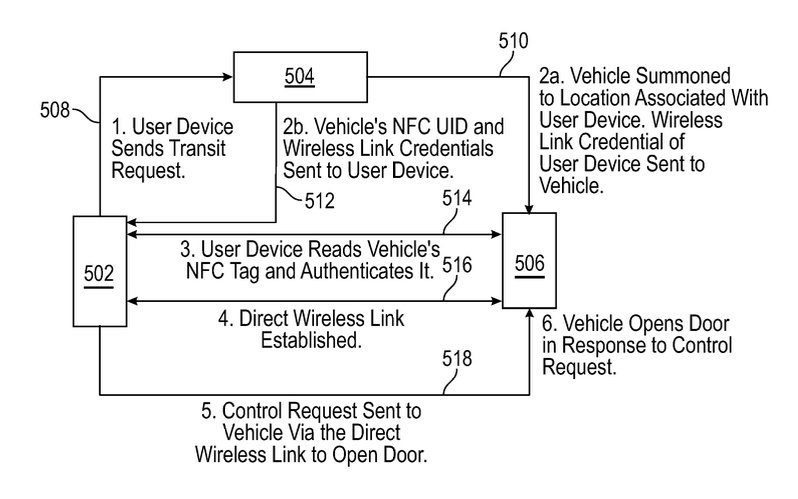 One example from the patent application of the steps an Apple Car will take before opening the doors
One example from the patent application of the steps an Apple Car will take before opening the doorsWhile most of the patent application is concerned with how a driver and passengers would control the Apple Car, the patent application also mentions issues around the car itself having to initiate communications.
"In addition," it continues, "the vehicle may need to interact with one or more transit service systems to coordinate transit requests and ensure that the correct person is picked-up and dropped-off at the correct location."
Then picking up the correct person means more authentication, but also the car needs to know when they have actually got into it.
"In some examples, the user/passenger is determined to have boarded the vehicle based on information obtained from one or more sensors in the passenger cabin of the vehicle," says the patent application. "For example, information from infrared sensors
and/or pressure sensors at an entrance or seat region of the vehicle are used to determine whether the user/passenger has passed through the entrance of the vehicle or reached a seat region of the vehicle."
Apple Car also sounds like it will have a similar interior camera arrangement to Tesla ones. "In some examples, image data from one or more image sensors in the passenger cabin is used to determine whether the user/passenger has boarded [the] vehicle," it says.
"For example, image recognition is performed using the image data to determine whether the user/passenger is inside the passenger cabin," continues Apple, "or whether the number of passengers in the passenger cabin corresponds to the user/passenger having entered the cabin."
While the patent application does not say this, a logical extension of the Apple Car knowing how many people are in it, is that it could refuse to move until 18 of the 24 clowns have got out.
As ever with Apple patent applications, the existence of a proposal does not mean that any of it will make its way into a shipping product. In this particular case, it's likely that some or all of this may have to be scaled back as Apple has reportedly delayed the project from its most recent 2026 launch date.
 William Gallagher
William Gallagher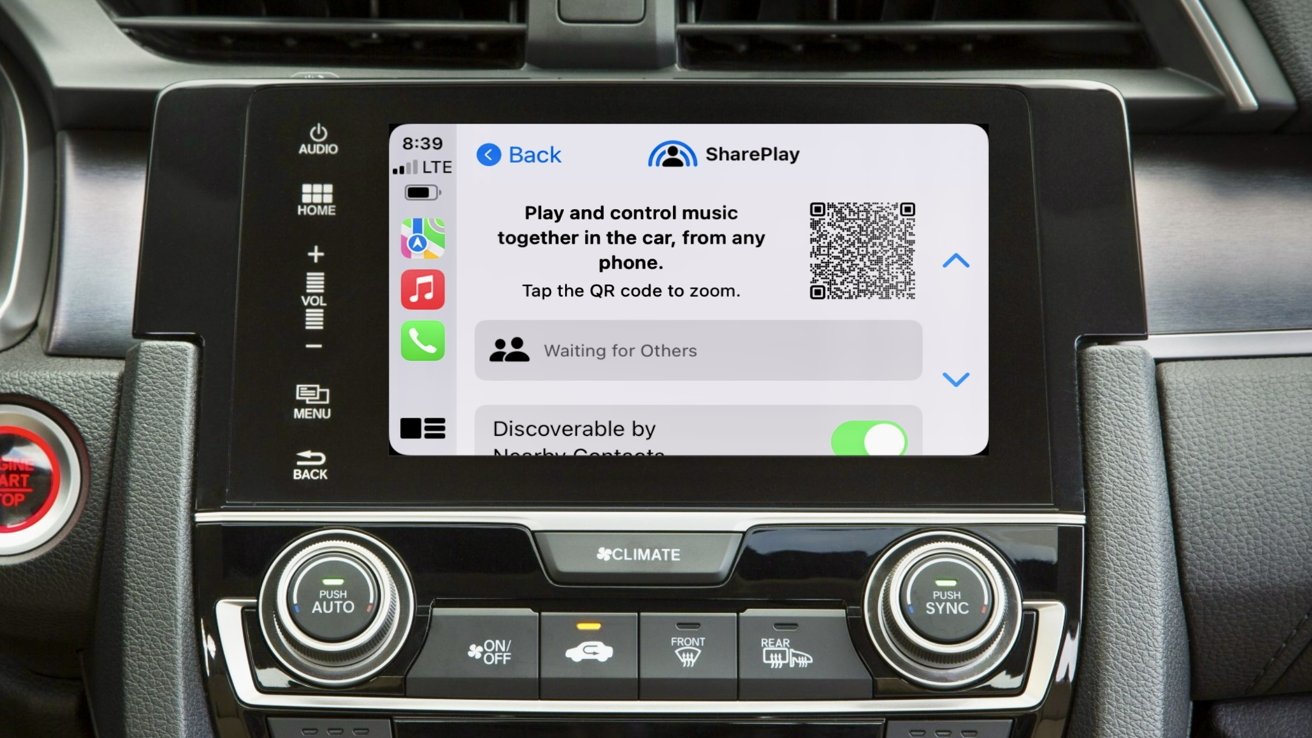
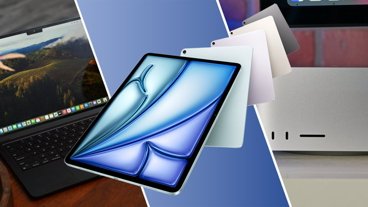


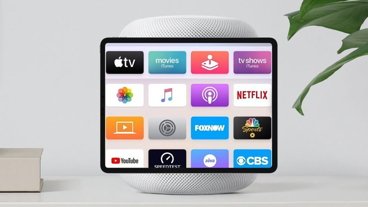
-m.jpg)


-m.jpg)





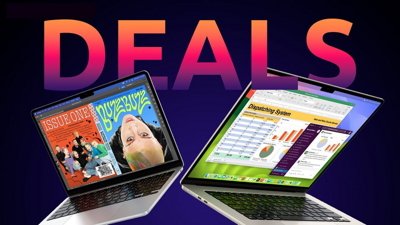
 Christine McKee
Christine McKee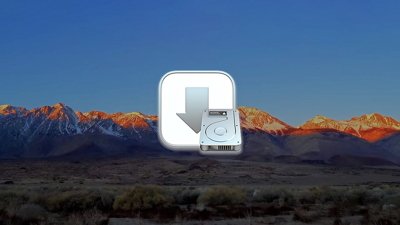
 Chip Loder
Chip Loder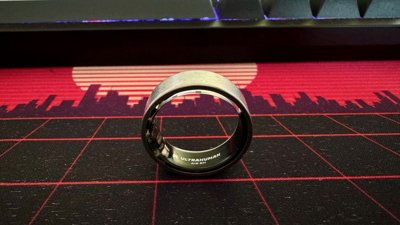
 Oliver Haslam
Oliver Haslam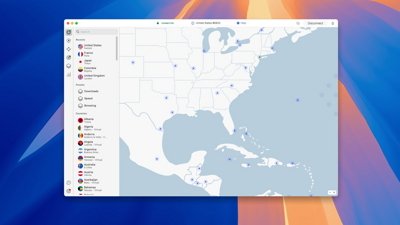
 Malcolm Owen
Malcolm Owen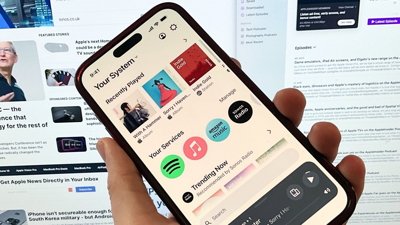

 Amber Neely
Amber Neely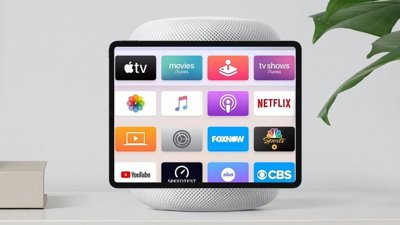
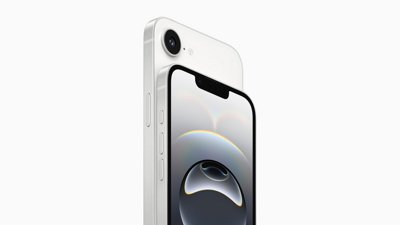
 Andrew Orr
Andrew Orr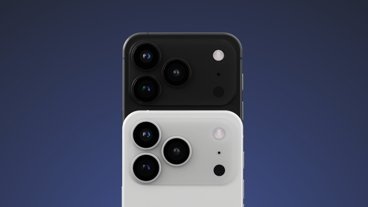


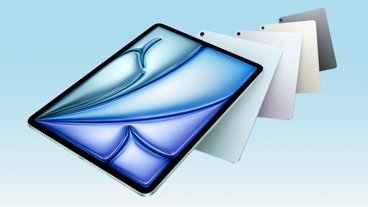



10 Comments
It doesn't have to be your car for this to be the future of Apple Car, it could simply be the Apple Car you utilize at any given moment, in other words, an Apple Car on call when needed. If Apple retained ownership, the Apple Car is simply another part of the eco system's services.
So it would be an Waymo car, but with an Apple logo?
This strategy has always made more sense to me — Apple as a “robotaxi” service in (likely) urban areas as a joint venture with a more traditional automotive manufacturer.
“Apple as a car manufacturer” has never made sense.
All you ever read about the Applecar is it's coming. Then senior staff leaving to work at other companies.
Now we have a new update: Applecar will pick me, take me home and play music. Well, I have all that right now. My spouse picks me up, takes me home and instead of playing music I get a todo list.
For all the fanfare about the Applecar I would want to have a whole band sitting on the roof while I am being driven home.
The other very salient point, in case Apple hasn't noticed is that the Chinese are flooding the market with EVs - which is what I presume the the Applecar will be - the result of which prices have been forced down, down, down. Just ask Elon Musk - he has had to reduce prices 6 times since the car was launched.
If you bought at the launch your car would be worth next to nothing.